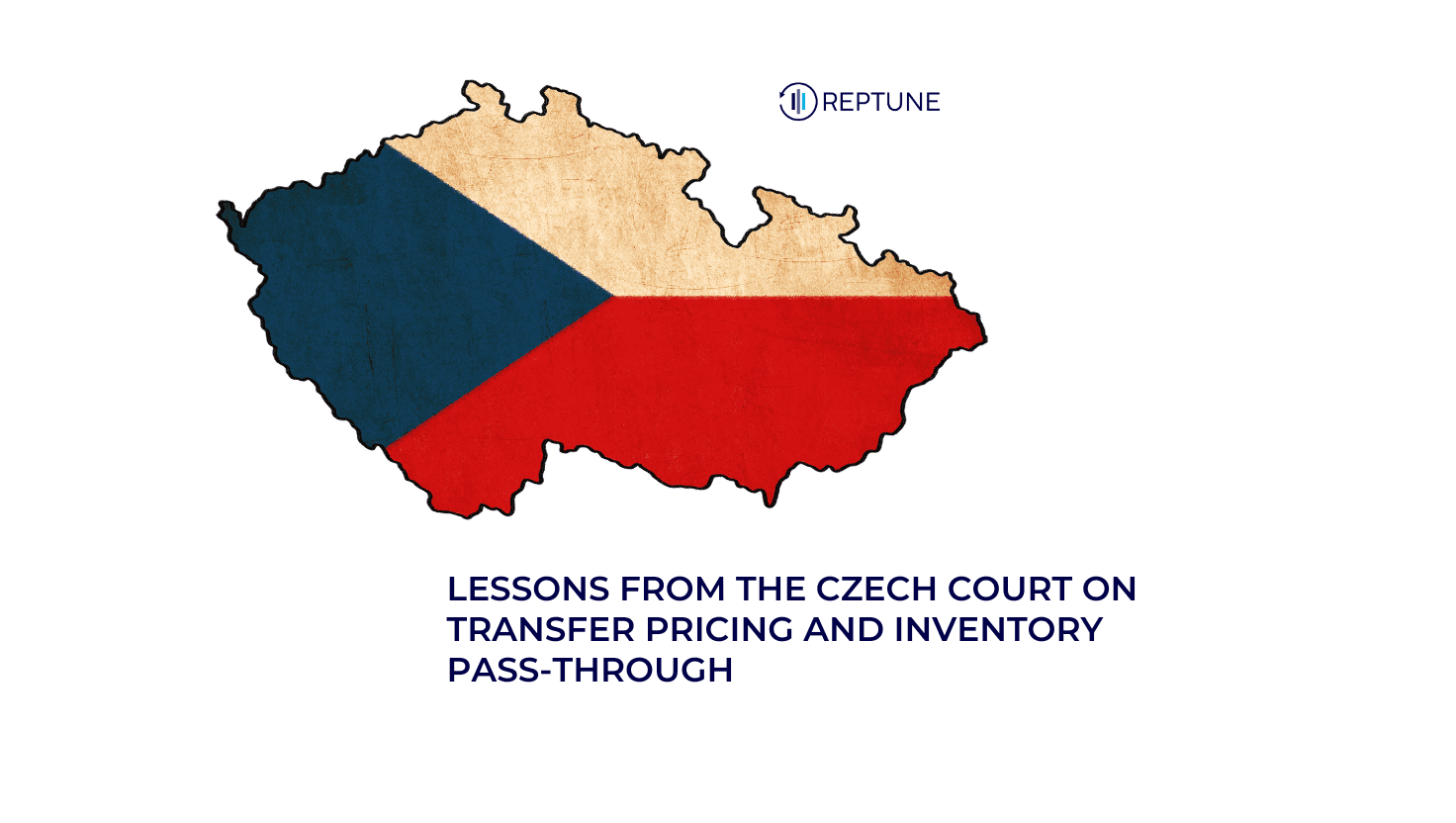
It’s a classic transfer pricing dilemma: when using a cost-based method, can a company exclude some costs from the markup because they don’t add value? This scenario frequently arises in controlled transactions involving shared service centers, contract manufacturers, or toll manufacturers. Now, a recent decision from the Czech Supreme Administrative Court offers new insights—and a few cautionary notes—for multinational enterprises navigating this murky terrain.
The case centered around Inventec (Czech), s.r.o., a subsidiary of Inventec Corp. (Taiwan), and its treatment of material costs under the arm’s length principle. At issue was whether those costs were truly pass-through or whether they should carry a profit markup under the transfer pricing methods applied.
Inventec (Czech) was involved in the production of server racks, purchasing materials from its Taiwanese parent and then selling finished goods to HP. While the local entity held legal title to the inventory, all pricing and sales activities were managed by the parent company.
During a routine transfer pricing audit, Czech tax authorities applied the Transactional Net Margin Method (TNMM) with a Return on Total Costs (ROTC) profit level indicator. This approach includes material costs in the markup base. The initial audit led to a major tax adjustment—over CZK 101 million.
Inventec (Czech) disagreed with the approach, claiming that material costs should not be marked up. They argued that:
Essentially, the company claimed to operate like a toll manufacturer, even though they held legal title to the materials.
The Regional Court sided with the tax authorities, and the decision was upheld by the Czech Supreme Administrative Court (SAC). Here’s what the SAC concluded:
One of the most interesting takeaways from the case is how the Czech tax authority calibrated the ROTC method:
Even if your group’s structure resembles a pass-through model, legal title to inventory implies liability and risk. This makes it difficult to fully exclude such costs from markup calculations.
The Czech case shows that tax authorities may be open to partial markup adjustments—but only if supported by clear functional analysis and risk documentation.
Just because a cost appears non-value-added doesn’t mean it can be excluded from your profit calculation. If it shows up in your P&L, it will draw scrutiny.
The ruling reinforces the importance of thorough transfer pricing documentation to support claims of limited risk or function. Taxpayers must show why a certain pricing method or adjustment is appropriate.
With Reptune.net. Reptune’s transfer pricing documentation platform, companies can efficiently handle scenarios like Inventec’s. The system allows:
Whether you’re in contract manufacturing, shared services, or distribution, Reptune helps ensure you’re not overexposing yourself—or your tax compliance team—to unnecessary risk.
The Inventec (Czech) case is a reminder that not all costs are created equal. If you want to treat inventory costs as pass-through, you’ll need more than an economic theory—you’ll need evidence, documentation, and a watertight argument. The courts are unlikely to accept complete exclusion unless the legal and operational facts clearly support it.
For multinational corporations managing intercompany pricing, transfer price regulations, and tax liabilities across multiple tax jurisdictions, this case sets a precedent: legal title equals economic responsibility—at least partially.
